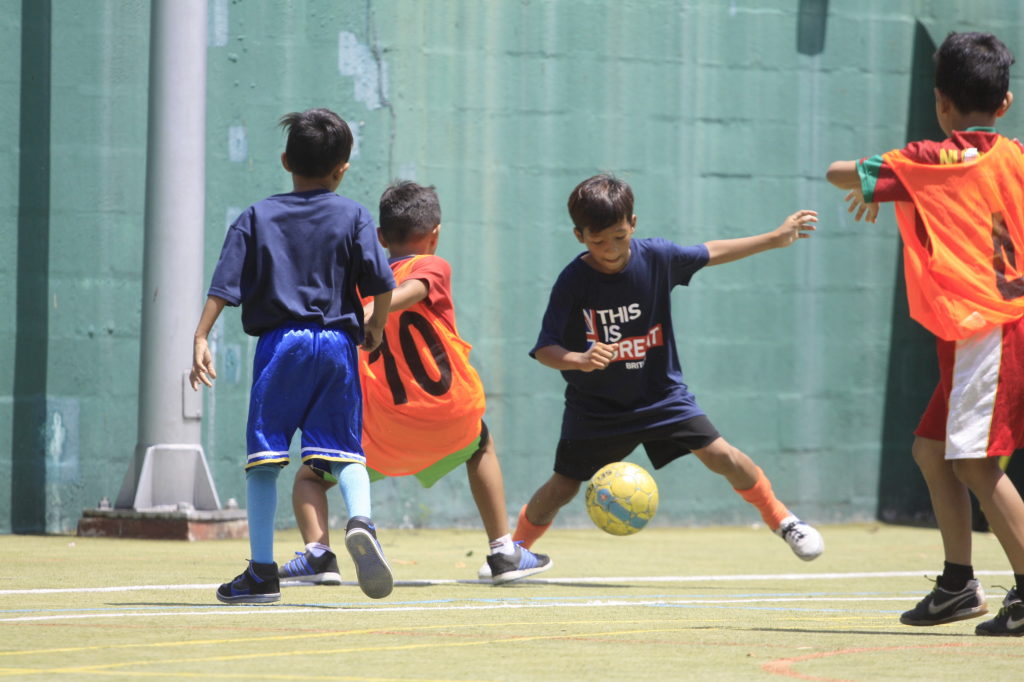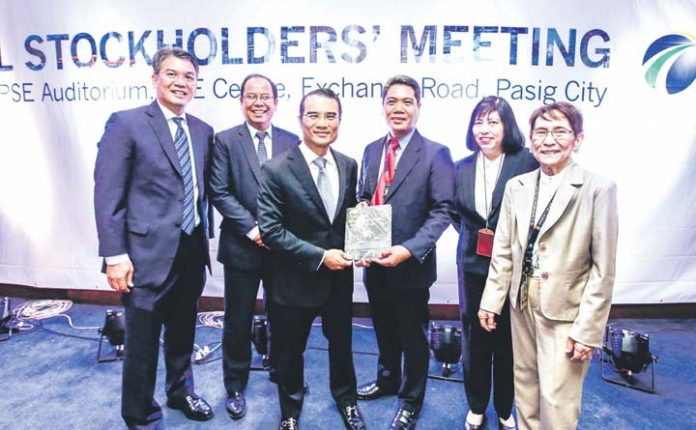Back in 2010, the third University President Dr. Jose Maria Mariano articulated the Strategic Vision for 2018. In the speech he delivered, he outlined definite measures that would serve as indications how prepared the University will be for 2018. Fast forward to seven years later and just a year shy of the envisioned year, how much has UA&P accomplished from the goals set in 2010?
The Strategic Vision for 2018 remains faithful to the mission of the school first established back when it was granted university status. The vision focused on three goals:
- Identify and develop areas of learning and education by attracting top faculty, staff, and students. This means an annual intake of 600 freshmen with averages of at least 85%, a 50:50 master’s to PhD ratio, student-to-teacher ratio at 11:1, and faculty to staff at 2:1.
- Have each academic unit of the University obtain at least one local and one international educational partnership that will align and support its research and development, while imprinting the three features significant to UA&P: unity of knowledge, unity of life, and the rediscovery of the meaning of ordinary work.
- Be ranked among the top 100 Asian universities in the QS international ranking scheme, thereby committing to the “Asia Pacific” in the name University of Asia and the Pacific.
It is a few days before the jubilee celebrations of UA&P and less than a year before 2018. Let us break down each goal and see how far the University has progressed with its vision.
Faculty, staff, and students
As of school year 2016-2017, the freshmen intake was 318 students. This encompasses the 6-year, 5-year, and undergraduate freshmen. The small number should not cause alarm though since it is the primary effect of the two-year student drought brought about by the shift to K to 12. In fact, the school has been thankfully able to keep the intake numbers stable.
Prior to the K-to-12 shift, however, most numbers were nearly hitting the 600-mark, the highest being in School Year 2014-2015, with 594 enrolled freshmen. At the same time, since the student intake drought is slowly coming to its end, it is very likely that in the class opening of August 2018, the freshmen intake will escalate from 318.
As of this writing, we have 309 employees, 120 with a master’s degree and 81 with doctorates. Without the part-time employees, we have a 56:44 master’s to doctorate ratio. However, in terms of the faculty-to-staff ratio of 2:1, we are still far from the target, with only 135 faculty members compared to 174 staff members.
Educational partnerships
Since the delivery of this strategic vision, UA&P has had countless partnerships, both local and international, that have thus expanded the capacity of the University in terms of research and development. Through the Public and International Affairs (PIA) Office, the University has created partnerships with different schools that have enabled student exchange programs, both inbound and outbound. The University has welcomed students from Spain and Germany; at the same time, the School of Management has sent numerous students to South Korea. PIA, along with other units, has also successfully organized the Ambassadors Cup, where different embassies adopted a local community, trained youth teams from the communities, and competed against one another, thus forming linkages not only with different embassies but with the local communities as well.

On a professional level, the Applied Management Program is a joint initiative with IESE Business School that is aimed at senior executives who wish to gain an even more global perspective in their strategies. With an international faculty, classes are held globally so that every participant experiences a business simulation in different environments and booming economies.
On a local perspective, the Corporate Social Responsibility (CSR) and Center for Research and Communication (CRC) have partnerships that have been beneficial to the growth of the University and different organizations. Even before the strategic vision, the CSR has been in long-standing partnerships with different organizations in the country. The most recent CSR-led partnership involves the First Philippine Holdings Corp., which CSR guided into becoming a GRI-compliant company, achieving 52% carbon neutrality, and being an overall sustainable company.

CRC, on the other hand, has standing partnerships that have resulted in the following professorial chairs: BPI Professorial Chair for Migration and Overseas, Leo Parma-Asiapro Professorial Chair for Social Entrepreneurship, and the Mariano and Estelita De Jesus Que Professorial Chair for Family and Youth Education. All of them still greatly align with the three core features of UAP: unity of knowledge, unity of life, and the rediscovery of the meaning of ordinary work.
QS International ranking
To get into the QS World University Rankings, UA&P has to be evaluated under six metrics, namely: academic reputation, employer reputation, faculty-student ratio, citations per faculty, international faculty ratio, and international student ratio. These have different percentages that a school must achieve in order to rank among the top 100 schools in the world. How do we fare?
Enter the Quality Assurance Office (QAO). A fairly new department in the University, it is tasked to lead the way in accomplishing the goals in terms of accreditation. Though it mostly deals with the paperwork when it comes to CHED* and PACUCOA accreditations and GRI sustainability reporting, it is through this unit that as one university, UA&P has gone through the 2018 strategic goals and, in effect, has received a two-year autonomous status, which in itself is an unexceptionable story to be told.
When asked whether the autonomous status is a consequence of the 2018 strategic goals, QAO Managing Director Ms. Ma. Humildad Claro could not agree more. “The goals that were set in 2010 spoke of strengthening linkages, invigorating programs that we have for faculty and students, and enhancing the outcomes-based education. Outcomes-based education is also what CHED demanded from all higher educational institutions,” Ms. Claro answered.
When asked about the autonomous status of UA&P, Ms. Claro smiled and gave an assured look. “We really took efforts in accomplishing this. But it does not end here. That is why part of our programs and action plans will be the sustainability of maintaining the status so that come 2019, when we are re-evaluated by CHED, we can again be considered autonomous from 2019 and beyond.”
At a glance, the University still has a long way to go before reaching its goals. Nevertheless, UA&P has not come this far to back down. As the Jubilee slowly approaches, new goals will be set and new strategies will be formed, all to make UA&P the ideal higher educational institution fit to carry “Asia Pacific” in its name.
To know more about UA&P, click here.
*Commission on Higher Education (CHED); Philippine Association of Colleges and Universities Commission on Accreditation (PACUCOA); Global Reporting Initiative (GRI)
Leave a Reply